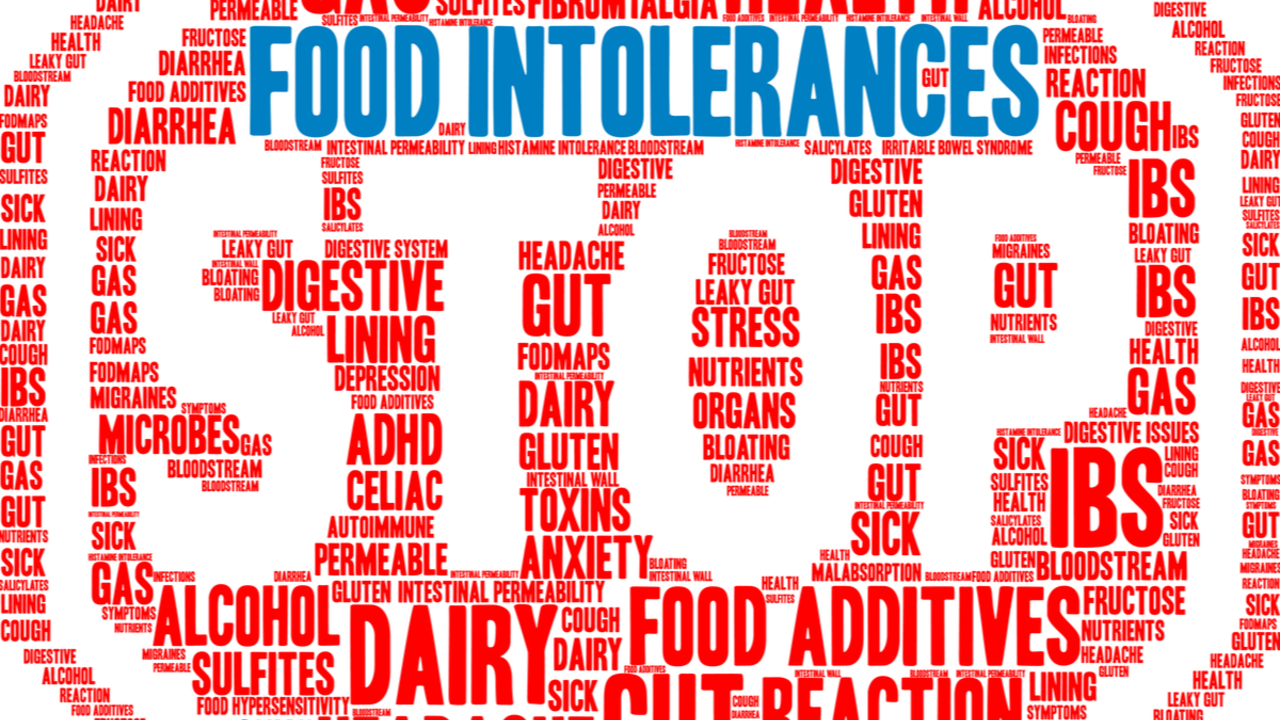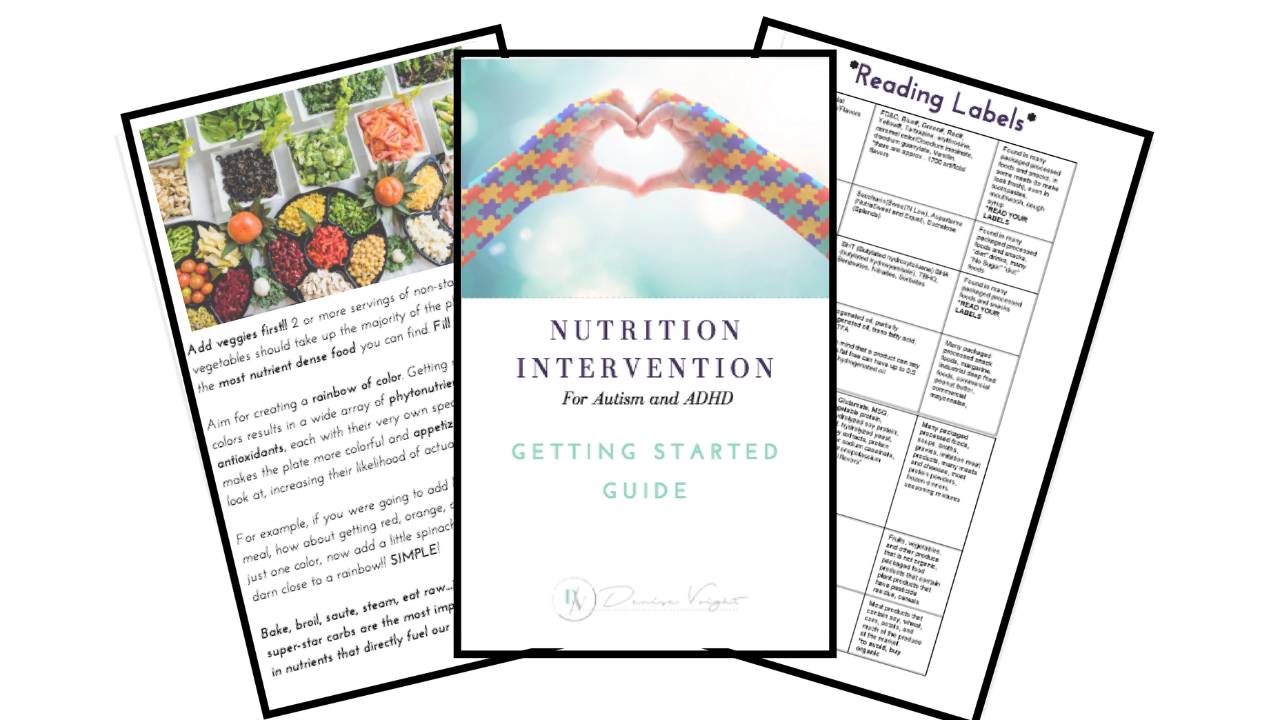Food Allergy vs Food Sensitivities/Intolerances. What's the Difference?

Food sensitivities or intolerances and food allergies are often confused. One of the main differences between the two is that food sensitivities and intolerances are quite common and do not involve an immune system response. Food sensitivities/intolerances develop in the digestive tract in response to food and can trigger irritation of the gut.
This occurs when the gut struggles to properly digest food that is consumed, oftentimes causing certain amounts of undigested food to linger in the intestinal tract, leading to an inflammatory response as well as digestive discomfort that reflects a sensitivity and intolerance to that particular food [1]. Low levels of digestive enzymes, sensitivity to naturally occurring substances in food (e.g., lactose), or reactions to additives (e.g., preservatives, artificial colors, etc.) may lead to food sensitivities. The symptoms include: nausea, cramping, constipation, diarrhea, gas, bloating, and may even cause behavioral responses such as hyperactivity, aggression, restlessness, and anxiety.
Conversely, a food allergy occurs when the immune system categorizes a protein in certain foods as a harmful invader and subsequently produces antibodies to destroy it. This reaction increases the production of histamines that are linked to allergy-related symptoms such as itching, hives, swelling, and in serious cases anaphylaxis, which can be a life-threatening condition [1]. Digestive discomfort may develop as well, but itching, swelling, etc., distinguish this type of reaction from food sensitivities/intolerances. The most common food allergies are caused by milk, wheat, eggs, soybeans, peanuts, fish, and shellfish [1, 2].
In children with autism, food allergies and sensitivities are more common than in typically developing children [3]. However, the incidence of food allergies is usually higher than food sensitivities in this population [4]. Children with autism frequently experience allergy-induced respiratory and skin reactions in association with their diets.
Research is ongoing regarding the underlying mechanisms that are associated with this issue, but it is proposed that gut-brain abnormalities and imbalanced gut microflora, which are characteristic among children with autism, may be a contributing factor in the increased incidence of food allergies and sensitivities [3, 4]. These findings indicate that targeting digestive health through carefully chosen diets and even probiotic supplementation may help target this issue by improving the immune and digestive response to the daily diet.
Food allergies can be identified by testing for elevated levels of immunoglobulin antibodies. When we identify food allergies or intolerances we can eliminate food triggers and reduce the burden on the immune system, reduce gut inflammation, and reduce food mediated behaviors.
I utilize these and other functional laboratory tests in my practice and find them very effective in identifying foods that may be triggering many of the symptoms and behaviors that we commonly see in kids on the spectrum and/or ADHD.
References
- Lavine E. Blood testing for sensitivity, allergy or intolerance to food. CMAJ. 2012;184(6):666-8.
- Natale M, Bisson C, Monti G, et al. Cow’s milk allergens identification by two-dimensional immunoblotting and mass spectrometry. Mol Nutr Food Res 2004;48:363-9.
- Xu G, Snetselaar LG, Jing J, Liu B, Strathearn L, Bao W. Association of Food Allergy and Other Allergic Conditions With Autism Spectrum Disorder in Children. JAMA Netw Open. 2018 Jun 1;1(2):e180279.
- Jackson KD, Howie LD, Akinbami LJ. Trends in allergic conditions among children: United States, 1997-2011. NCHS Data Brief. 2013;121(121):1-8.
